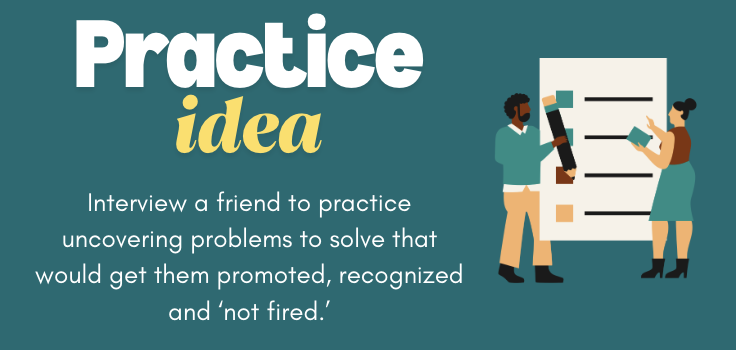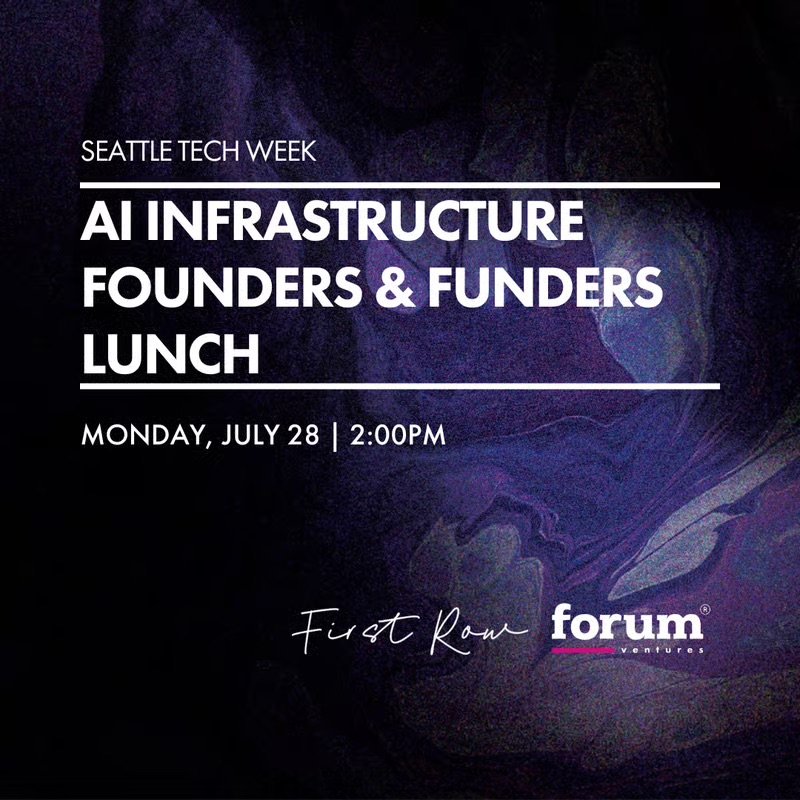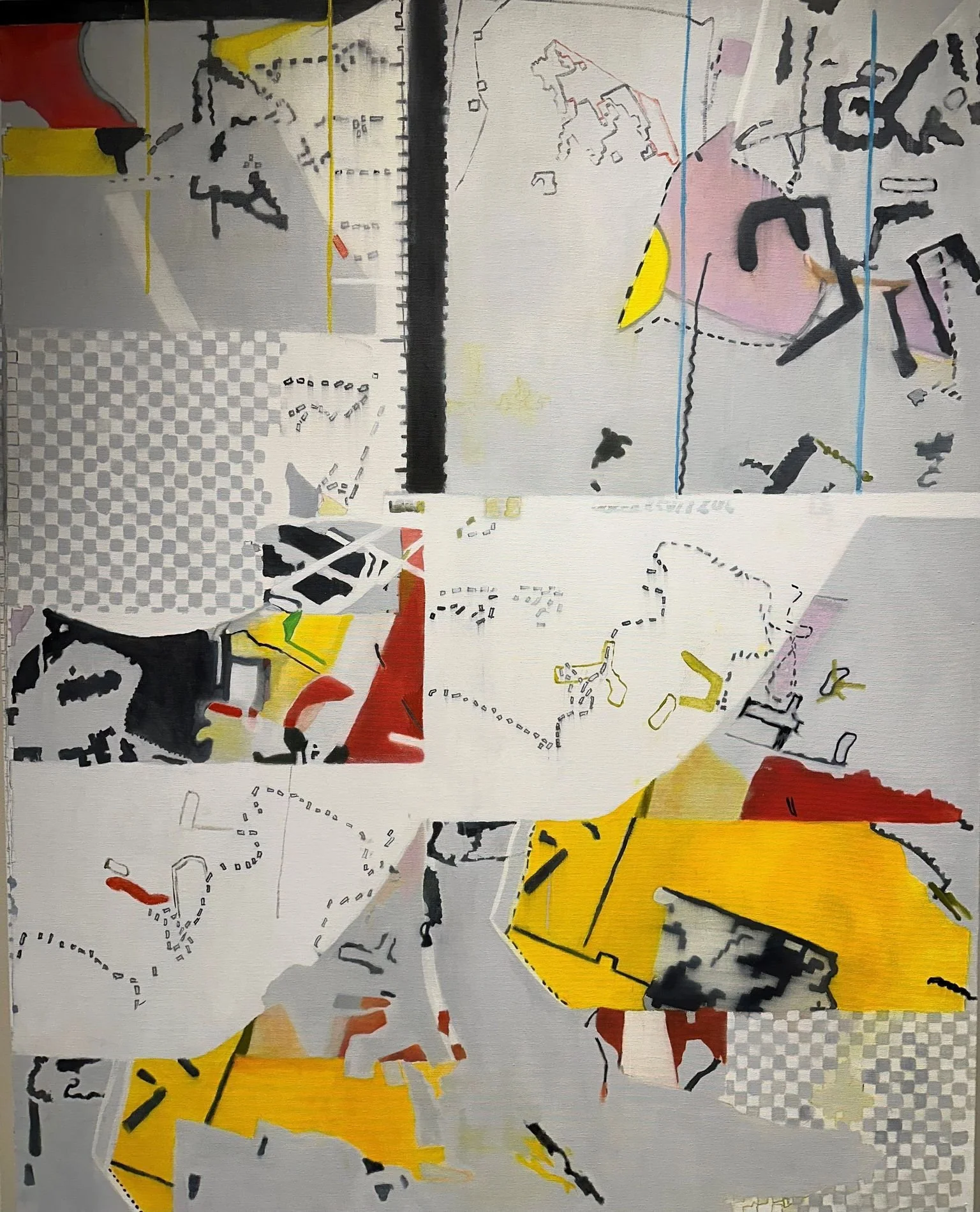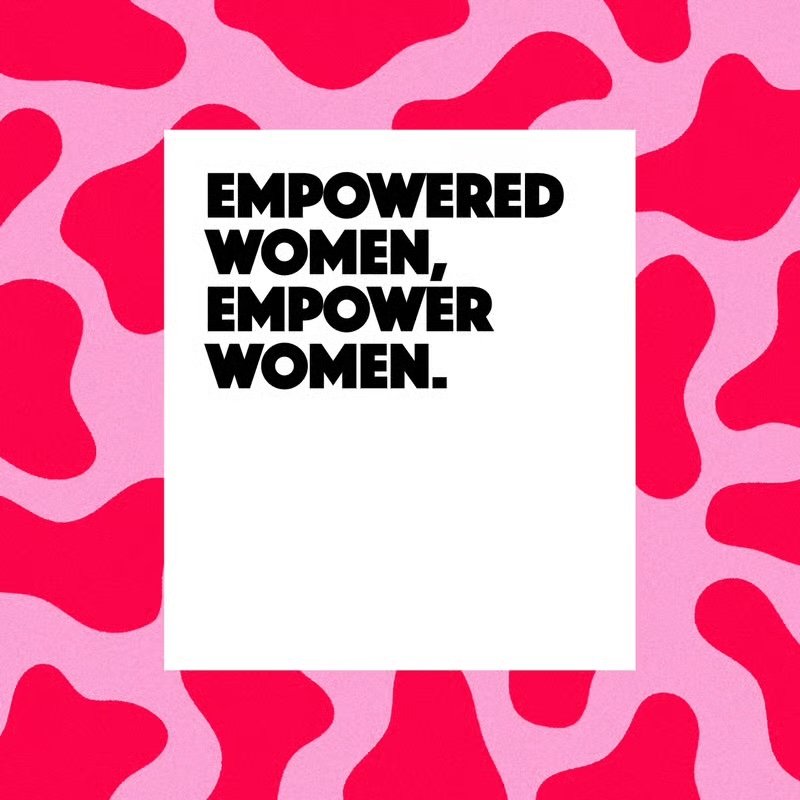Exhibit: Customer Discovery
Start here.
First — S l o w D o w n Your Thinking
On any given day, your founder-mind is moving fast, so it doesn’t let you think strategically or creatively. Turning your focus toward an art piece with ambiguous and complex themes is an opportunity to slow down your thinking and warm-up your analytical mind.
Describe the facts and elements.
Can I name/identify the pop culture images? What other kinds of images are included, and how would I describe them? What kinds of patterns of theme, style, modalities can I identify?
Find the composition, systems and patterns.
Consider the composition of the piece in terms of spacing, scale and space/volume. Are there clues about the era of the art piece? Can I separate out the layers— How many can I find? Can I find any ‘sections’ or framing within the composition?
Brainstorm potential meanings.
As you widen your perspective, what themes, moods and emotions come to mind? Stop for a moment to name them. In considering that this piece might mean, can I develop more than one possibility?
State your point of view.
Did I make any interesting discoveries by slowing down to examine the details? Do I have a title that goes along with an interpretation?
'TIL THE END OF TIME (2022) | Anthony White | American (1994 - ) | PLA (polylactic acid) on panel, 60 x 48 in. | Photo by Scott Leen
Spend a few moments with the questions alongside this art image before you dive into the topic.
Now,
Think About: Customer Discovery
Customer discovery is problem discovery — where prospective customers (in)validate that the big problem that sparked your startup idea can actually generate revenue from a solution you build and sell. You set aside your market research, assumptions and solution ideas to interact with real people — gathering and analyzing the problem and solutions from a prospect’s point of view. Ideally, this leads to unexpected insights and pathways that create a durable, informed viewpoint. This type of interviewing requires thinking on your feet and “reading between the lines.” And, it may be your improvised follow-up questions that deliver the best results.
Founders often grapple with the temptation to share their product idea or (worse) try to make a sale in this phase. But, ending interactions on a positive note leaves the door open to future conversations when the time is right.
Mixing customer development and customer discovery usually leads to limited learning, confirmation bias and false starts. Protect your most valuable founder resource - time.
Customer discovery = Problem fit
Customer development = Solution fit
Note: For this post, we narrow the customer discovery topic down to ‘enterprise software solutions that address existing business problems. (This is where you are seeking to replace a bad situation/solution with your solution/product/service.)
Because big problems don’t exist in tidy isolation, mapping the frequency and severity of adjacent problems and stakeholders may offer wedges and alternate places to build your earliest product as you refine your ideas and assumptions.
Beyond product roadmap insights, interviews should reveal much more —
Who is NOT your ideal customer
Customer phrasing & how they name the problem - great for marketing copy
Previously unknown competitors to track
Budgeting and decision stakeholders to align your marketing & sales approaches
Workplace and customer persona vibe! How can your marketing garner their attention and establish credibility?
Conferences that key stakeholders attend and information sources they trust
Use the prompts in this graphic to (gently) interrogate yourself about your approach to customer discovery —- it’s already driving decisions on the use of limited resources.
On Interview Skills. We played a game in a master’s level class at the University of Washington where one student interviewed another student using a simple question as the starting point: “What is your favorite food to make at home?”
We learned that the question itself was somewhat flawed. Students may have a favorite meal, but they don’t have a great place to cook. So, you might ‘miss’ that they love the taco truck in their neighborhood. And they could make food at home, but it isn’t their favorite food because their kitchen is tiny. Instead, they care about convenience.
Do you have ‘happy ears’? A good discovery process enables a founder to eliminate prospective customers as much as find them. Getting specific allows you to gauge priority.
How frequently is this problem happening? What is the impact and who is measured by it? Is this in the “top three” areas they care about within their job?
If you struggle to source enough customer discovery interviews, drill down on why this is. Because it means you’ll likely have trouble reaching prospective customers. Creative solutions and putting yourself “out there” comes with the startup territory. We have pushed our comfort zones in our own startup work — Knocking on doors with sample boxes and handing out free trial postcards on a busy downtown corner at lunchtime. Often, outbound cold emails and LinkedIn messages are too flooded to get results. Look to “unscalable” and unconventional ideas to unlock progress.
What could be missing? What's your mindset? After a handful of interviews, you may get excited to start building your intended solution, rather than hit your target number of interviews. You may assume that a product will yield better customer insights. The questions below help you “stress test” knowledge of your newly found Ideal Customer Prospect (ICP.)
Do you know how will your solution helps your customer champion or user …
a. Get promoted?
b. Earn internal recognition?
c. … Not get fired?
(The “Not get fired” part means that your new billing solution doesn’t suddenly issue incorrect customer invoices, for example.) Motivations matter — getting customer attention and closing deals before they fizzle. You might also consider these questions for the various stakeholders. Their value propositions may be quite different, like a doctor vs. an insurance company.
Good news, bad news. The customer discovery phase never really ends if you’re expanding your value proposition (i.e., building your company). Interviewees who fit your ideal customer profile are also a terrific place to start customer development interviews.
Next,
What will you do differently?
Having reflected on your approach to customer discovery, what will you do more of, less of and change ? Does your team have the right mindset?. How might you update your approach?
Tell us what you learned in this short survey so our ‘zero-advice’ content keeps improving.
Onward,
For related reading
Online articles on enterprise customer discovery:The Secret to Startup Success: How to Select the Right First Customers by Frank Rimalovski at NYU’s Entrepreneurial Institute
Customer Discovery Basics by Julia Austin at Harvard Business School
Unleashing Business Potential: The Strategic Role of Customer Discovery for Enterprises by the Innovation Within Team
Look below for selections from our Reference Bookshelf related to customer discovery. Connect with First Row
Upcoming Events






